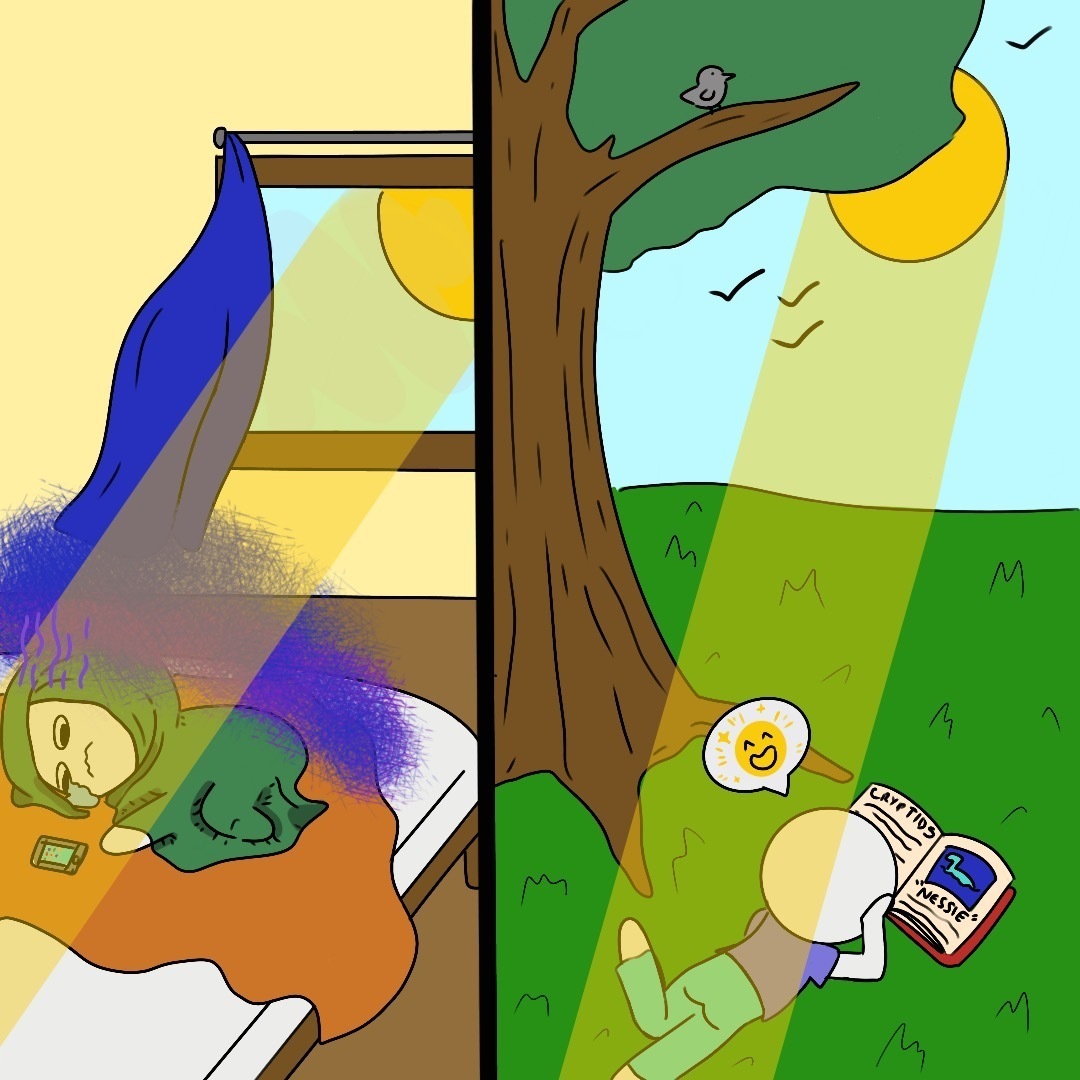I was raised in a small town south of Dallas (it’s called Fairfield, but no one ever knows where it is, so I improvise). Tucked in the middle of said town, on the corner of West Main Street and beside the elementary school, lives the Mary Moody Northen Municipal Library. I did not realize how much that library meant to me until its existence was threatened.
Quite frankly, San Marcos residents should be grateful for its library and the ability of its staff to serve as a resource for the community. Not every town is as fortunate.
A public library functions similarly to a living room in someone’s home. It serves as a comfortable and safe place to entertain, relax, learn, read a book or just get some work done. A home is not complete without a living room, just like a community is incomplete without a public library.
It is one of those places that should never fall vulnerable to budget cuts, but it happens; recently, more often than ever before.
Fairfield’s City Council gathered earlier this year and proposed completely removing all funds from the library to allocate toward other services, like renovating city streets.
As soon as I heard about this, I realized how pivotal that library was to my educational journey. I read my first Geronimo Stilton book in that library. I applied for college, studied for the SAT and printed almost every single school assignment of my educational career in that library. It had that much of an impact on one human; imagine its significance to the rest of the community.
After multiple city council meetings, including a workshop meeting where several community members spoke in support of the library, it approved a final budget for the 2020-2021 fiscal year.
The city did not defund the Fairfield Library, but it only received 30% of its usual annual budget. Compared to an average of $40,000 in the past three years, it was only approved for $12,000 this upcoming year. In retrospect, it dodged a potentially lethal bullet, but will the amount decrease even further next year? It is a real concern.
My hometown’s library is not a unique case. Local governments immediately consider cutting library or park budgets in times of crisis, which we are experiencing right now.
Public libraries receive federal, state, county and city funding, along with grants or donations, if applicable. However, they mostly depend on their local funding to stay afloat since federal and state funding only covers a small percentage of their expenses.
Clearly, their local funding is not always guaranteed, but even their federal funding, which supplements state funding, has been compromised at times.
In 2013, the federal government threatened to withhold 70% of its annual funding from Texas public libraries because it believed the state was negligent in providing enough of its own resources to support them. Texas quickly appealed the possibility of a reduction and won.
More recently, in his four years as president, Donald Trump has attempted to permanently eliminate the federal Institute of Museum and Library Services (IMLS). Eliminating it would extinguish most, if not all, federal funding received by public libraries.
His attempts were never approved. In fact, the IMLS budget increased every year he proposed its abolishment. But his stance was made very clear. Naturally, state and local governments followed with similar considerations.
Texas libraries, as a whole, have consistently decreased in the past five years. They provide so much to a community but are often undervalued when it comes to budgetary concerns. Big cities like Austin and San Antonio realize the importance of their main public library, which both saw increased budgets for the incoming year; however, the small cities and counties remain an issue.
We are lucky that Hays County prioritizes its public libraries, thus prioritizing education. Hays County approved $225,000 in its 2020 fiscal year budget for its five libraries: Buda Public Library, Drippings Springs Library, Kyle Community Library, San Marcos Public Library and Wimberley Village Library.
Specifically, the San Marcos Public Library receives more funding than the other four libraries, mostly due to the community’s size and demand. It is currently undergoing a major $14.5 million expansion approved in 2017 but did not officially start construction until late 2019.
The expansion focuses on adding 28,000 square feet to the already 27,000 square foot building. The final project is expected to be finalized in April 2021. Phase One of the expansion is already complete, so the library will be closed Nov. 14-30 to move into its new space.
COVID-19 had little to no adverse effect on the construction timeline, only delaying the project for about three weeks. Actually, the San Marcos Public Library as a whole was very minimally affected by COVID. It closed for only one week before it started offering curbside service to fulfill COVID-19 guidelines and safety precautions. The staff quickly organized an efficient plan to serve its community best, and the library has been open for a few hours a day ever since.
“We’ve always been very customer-centered. I have worked here at the library for 32 years, and we have always kept the focus on what the public wants in their library,” Library Director Diane Insley said.
With this expansion comes more opportunity for the library to provide more space and services to its community. For example, Insley says the staff asked people what they would want to see added to the library. The number one response was implementing a drive-thru service area. So, they made that a priority for Phase One of the expansion.
A library flourishes when it has genuine support, both financial and literal, from its community. With its significant budget, the library can focus on serving people in an educational way. Although its in-person demand decreased, its online demand is higher than ever before.
“We started a new Facebook group with job and career training type things, and within four months we have about 750 people on there. We post jobs and meet one-on-one with people who need a resume checked,” Insley said.
The director says the library is constantly looking at areas to provide services to fit the community’s needs better. Every city and county has different priorities, and those priorities showcase a community’s values. That is clear in the contrast between my hometown and San Marcos and the way they view their libraries.
“A library serves a great purpose for those who are interested in self-education. So, a community that puts a lot of focus on a public library shows how much it values education,” Insley said.
Hays County and San Marcos clearly value education, and we should be grateful. But there is a real, maybe subtle, threat to public library sustainment on a larger level—we should be concerned.
– Laura Nunez is an advertising senior
The University Star welcomes Letters to the Editor from its readers. All submissions are reviewed and considered by the Editor-in-Chief and Opinion Editor for publication. Not all letters are guaranteed for publication.
Opinion: A public library is not dispensable, it’s essential
November 16, 2020
Donate to The University Star
Your donation will support the student journalists of Texas State University. Your contribution will allow us to purchase equipment and cover our annual website hosting costs.

























